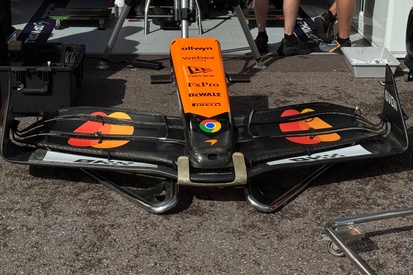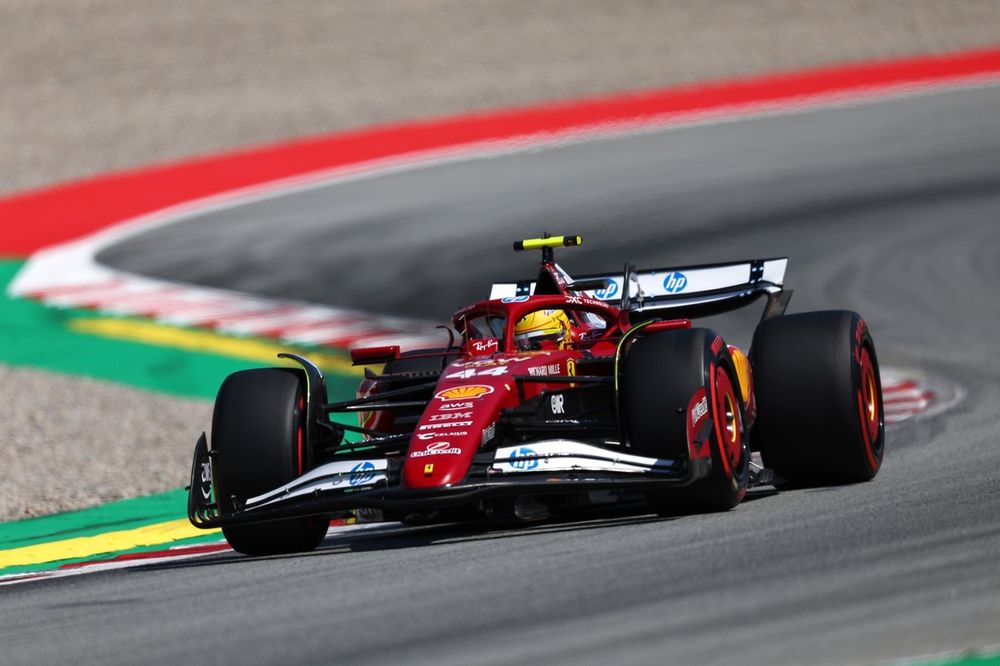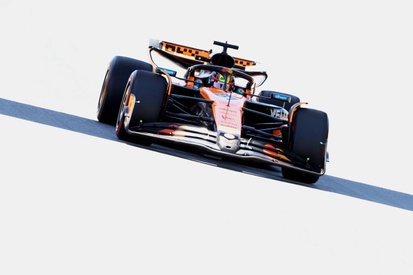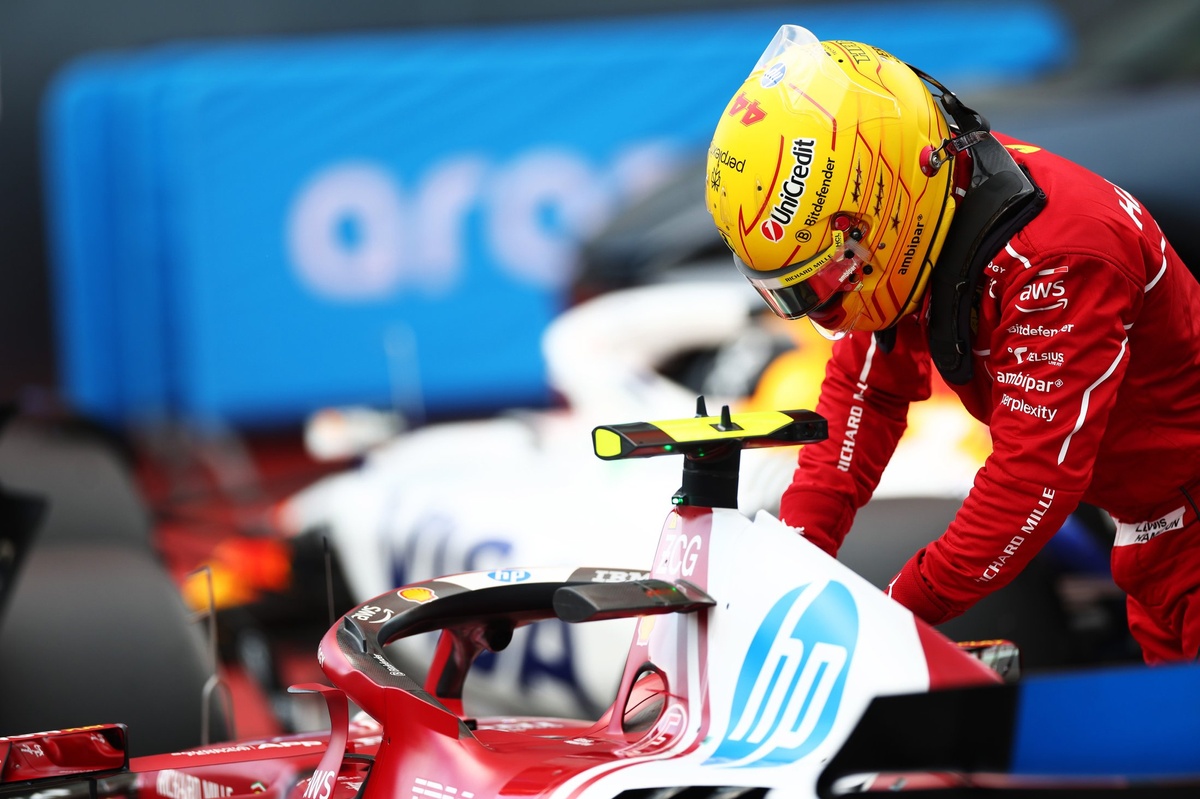Lewis Hamilton
believes it was a “waste of money” to force the teams to develop new wings following Formula 1’s introduction of more stringent wing flex tests at the
Spanish Grand Prix
.
Prior to the Barcelona weekend, there were myriad suggestions that the likes of
McLaren
and
Mercedes
would be much closer to the likes of Red Bull and
Ferrari
with the mandatory introduction of new front wings.
It was suspected that the two teams had exploited the bounds of the regulations more than others, in using front-wing flex to gain a more even balance between performance in the high-speed and low-speed corners.
A 5mm reduction of permissible flex in the wings when tested by the FIA has been introduced for Spain, ending a thread that began last season when Red Bull and Ferrari sought clarification from the governing body over their rivals’ wing designs.
Read Also:

What F1 is clamping down on with flexi wings at the Spanish GP
In qualifying for the Spanish GP,
McLaren shrugged off expectations by locking out the front row
; polesitter
Oscar Piastri
was 0.3s faster than third-placed
Max Verstappen
.
Hamilton made his opinions known on the subject after qualifying and, like the other drivers, he felt that the overall balance was marginally compromised with the more rigid front wing. But he also believed that the minimal effect rendered the development of new wings pointless.
“The balance is definitely not as nice as what we had before,” Hamilton said. “But it hasn’t made any [difference] – what a waste of money. It’s just wasted everyone’s money.
“It’s literally changed nothing. Everyone’s wings still bend. It’s just half the bending. And everyone’s had to make new wings and spend more money to make these. It doesn’t make sense. But it is what it is, and we just continue on.”

Lewis Hamilton, Ferrari
Photo by: Andy Hone / Motorsport Images
“I drove it on the simulator and it’s pretty much exactly the same. A little bit more oversteering at high speed.”
Hamilton’s Ferrari team-mate
Charles Leclerc
agreed that although he could feel a slight difference in high-speed conditions, teams were largely addressing the changes with set-up.
As such, the Monegasque suggested that the changes simply meant that the teams relied less on the front wings to induce the more stable balance, and moved that onus elsewhere on the car.
“Yes [it’s noticeable], especially in the high speed [corners]. It’s a little bit trickier to drive but it’s not something that I dislike,” Leclerc said.
Read Also:

Why F1 flexi-wing changes failed to make an instant impact at Spanish GP
“Not really [a lot of difference] because you can achieve it in different ways. Mechanically everybody has something in order to achieve that in some ways or another.
“So I think we all went towards that direction, whereas before just the front wing was doing the job a bit more. On our side it didn’t change a lot.”







